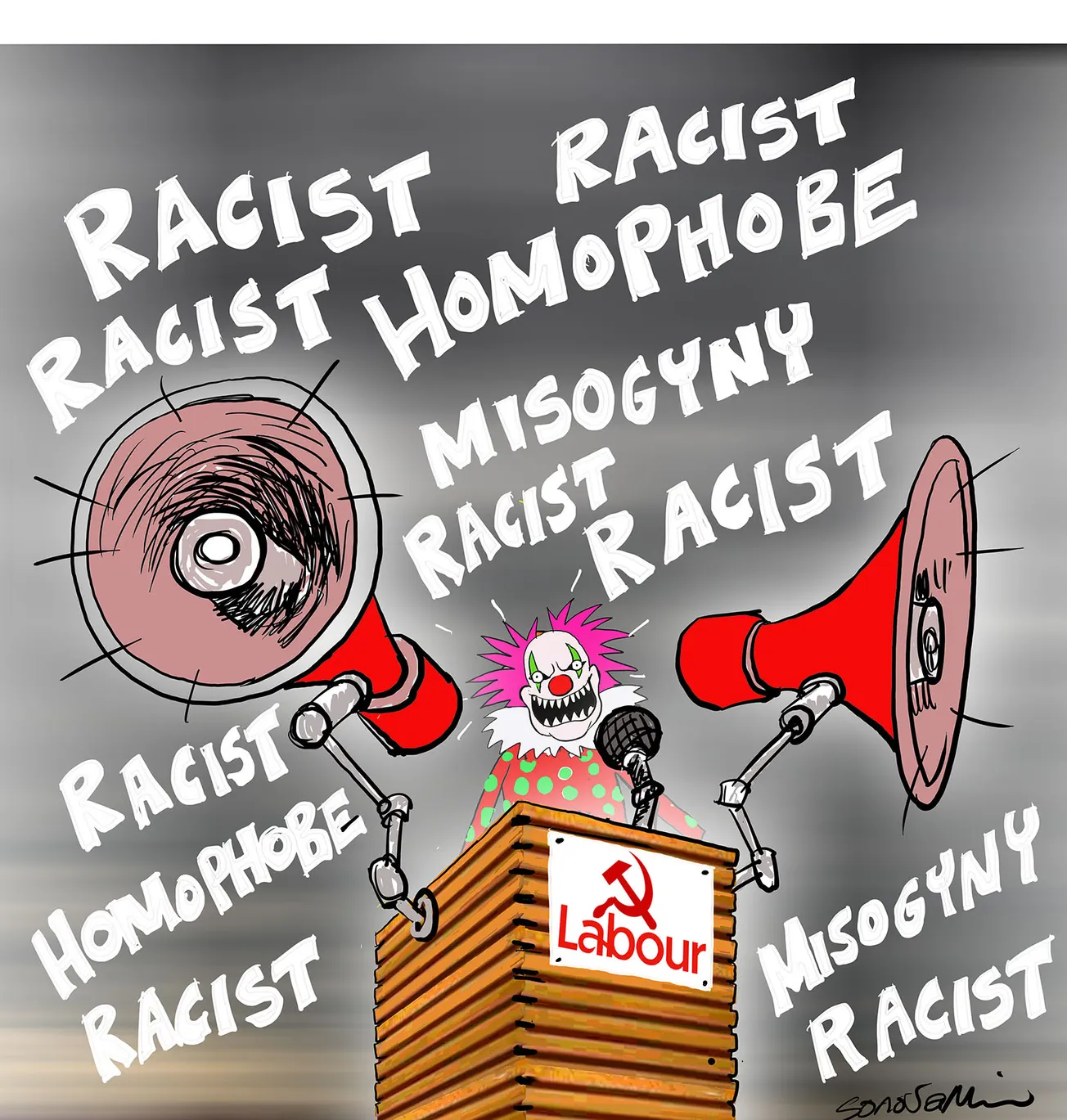My previous article was headlined Is Labour a Spent Force? The headline for this article asks a similar question with a different emphasis, implying it most probably is, based on its performance in opposition to date. Bryce Edwards, in a recent article on the Democracy Project, gives numerous examples of negative commentary from various political commentators. Comments concerning the party in general appear to focus on the fact it has abandoned its voter base and, in terms of the leadership, Hipkins still has time on his side. I say the clock is very much ticking.
Edwards writes that ever since the party was turfed out of power in October, incurring its biggest ever loss, Labour has shown no real signs of learning anything from its defeat, nor does it show any capacity to revive itself. He quotes Vernon Small, who until recently was the senior advisor to David Parker, as saying in the Sunday Star Times that Labour appears to have finally hit rock bottom with another poor opinion poll rating of 28 per cent support, Grant Robertson abandoning ship and a new report out showing that, while in government, Labour abjectly failed on child poverty.
I’m not sure rock bottom has been hit, particularly in regard to the poll numbers. Having put the ship on the rocks, Robertson’s jumping off it is no surprise. With regard to child poverty, that is no surprise either. In fact Labour have a poverty crisis of its own: it is adult poverty in the sense that they either can’t or are not interested in attracting people with the mental capacity to be able to tackle the problems of the day through anything other than an ideological lens. This, in my view, more than anything else, is the cause of most of their woes.
Here we come to the point of Labour deserting its historical core voter: the blue collar worker. The party’s ideology of today is anathema to the average worker. It sits more, as political commentator Janet Wilson says, with the professional managerial class running the party. She says there is now a divide between these two, and other left-wing parties are enjoying the benefits, which is how the Greens managed to snaffle Wellington Central and Rongotai at the election. In her view the election result proved Labour has a problem of Democrat-sized proportions.
Edwards writes that a similar argument was made by Andrea Vance, writing in the Post, saying that Labour’s “existential crisis” relates to its inability to relate to working people, and the fact that it has evolved “into a clique of career-driven politicians who marketed themselves at the progressive middle class”. Andrea says that in lieu of interest in working class politics, Labour now specialises in “futile culture wars and identity politics”. To find a way forward, Vance argues, “Labour should be asking: who does it now represent.”
I might add this is true of left-wing parties globally: they no longer represent the workers but incline themselves more towards those in academia and the like. An example is in the United Kingdom where Labour is picking up some of the more traditionally conservative inner London seats. The problem our Labour Party has in adopting this philosophy is that there are not sufficient numbers of progressive middle-class voters for it to happen. They have managed to construct a situation for themselves whereby they have deliberately cast aside those who could put them in power for a progressive elite who are numerically unable to do so.
Is there an answer to this self-inflicted dilemma? Probably not before some form of internal ructions within the political wing of the party, particularly on the basis of who they stand for. Until they get that sorted they can’t work out what they stand for. Without knowing that, it is impossible to determine any sort of coherent policies. On top of that they’re up against what, at the moment anyway, looks like a fairly unified and cohesive coalition government. The average voter is now seeing a yawning gap in application and mental capacity between the government and the parties of the left.
Should the party determine a return to its roots and repay the trade unions for their generosity by becoming, once again, the party of the workers, then two names stand out in the leadership stakes. They are Kieran McAnulty and Ginny Andersen. These are two of the nastiest of the nasties in the nasty party. That’s not to say they wouldn’t be suited to their roles: Kieran as leader and Ginny as deputy. Ginny was kind enough to show us her nasty side on her weekly radio spot with Mark Mitchell when accusing him of being paid to kill people. A suitable apology was slow to be made.
From the point of view of the right we can only hope this may come to pass. It would be difficult to meet a more obnoxious couple. His thinking is very much on the far left of politics, while she hails from a family who have past union movement notoriety. That, to my mind, is not a recipe for attracting your average middle-of-the-road voter. It is likely to drive them more towards the parties currently in government. The truth is Labour is totally out of touch with middle New Zealand. When or if they will wake up to the reality remains to be seen.
The darkest hour, as most commentators in Edwards’s article predict, has arrived, occurring just before dawn, as the saying goes. (The meaning of this is things always seem the worst right before they improve.) Labour will be hoping this is the case, but anyone with a sensitive political antenna would see nothing but dark days ahead. Their ability to improve their chances of winning will only come with the abandonment of their ideology, and that might be a hurdle too far for the likes of Kieran and Ginny.









